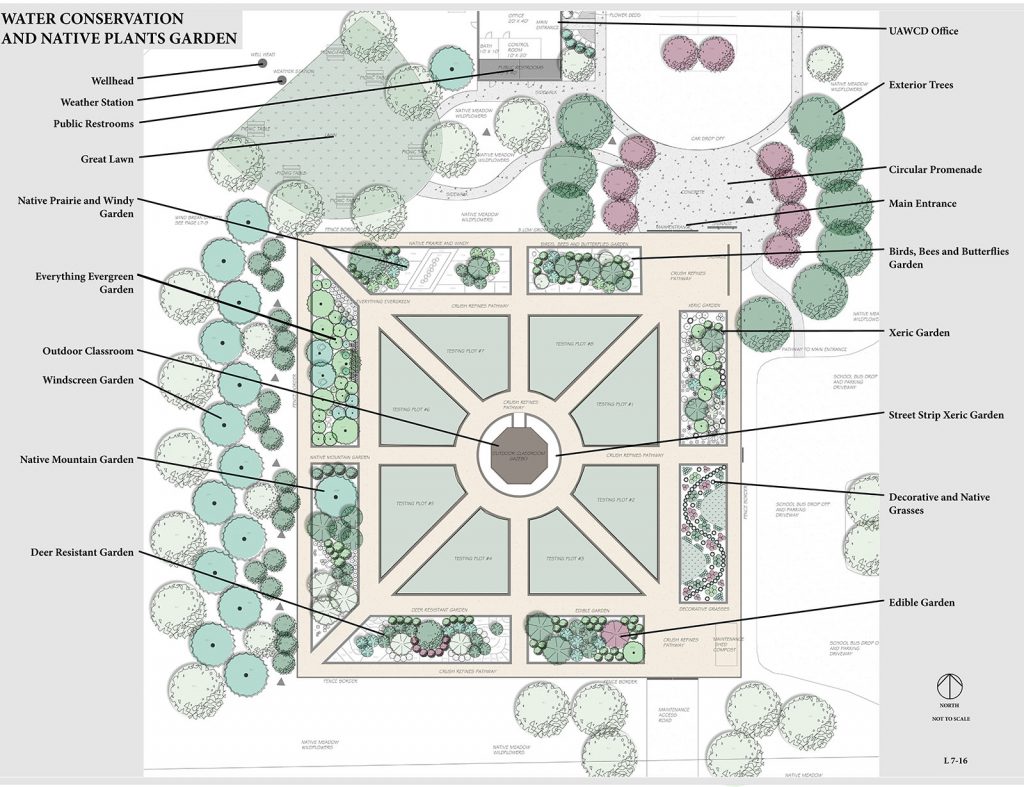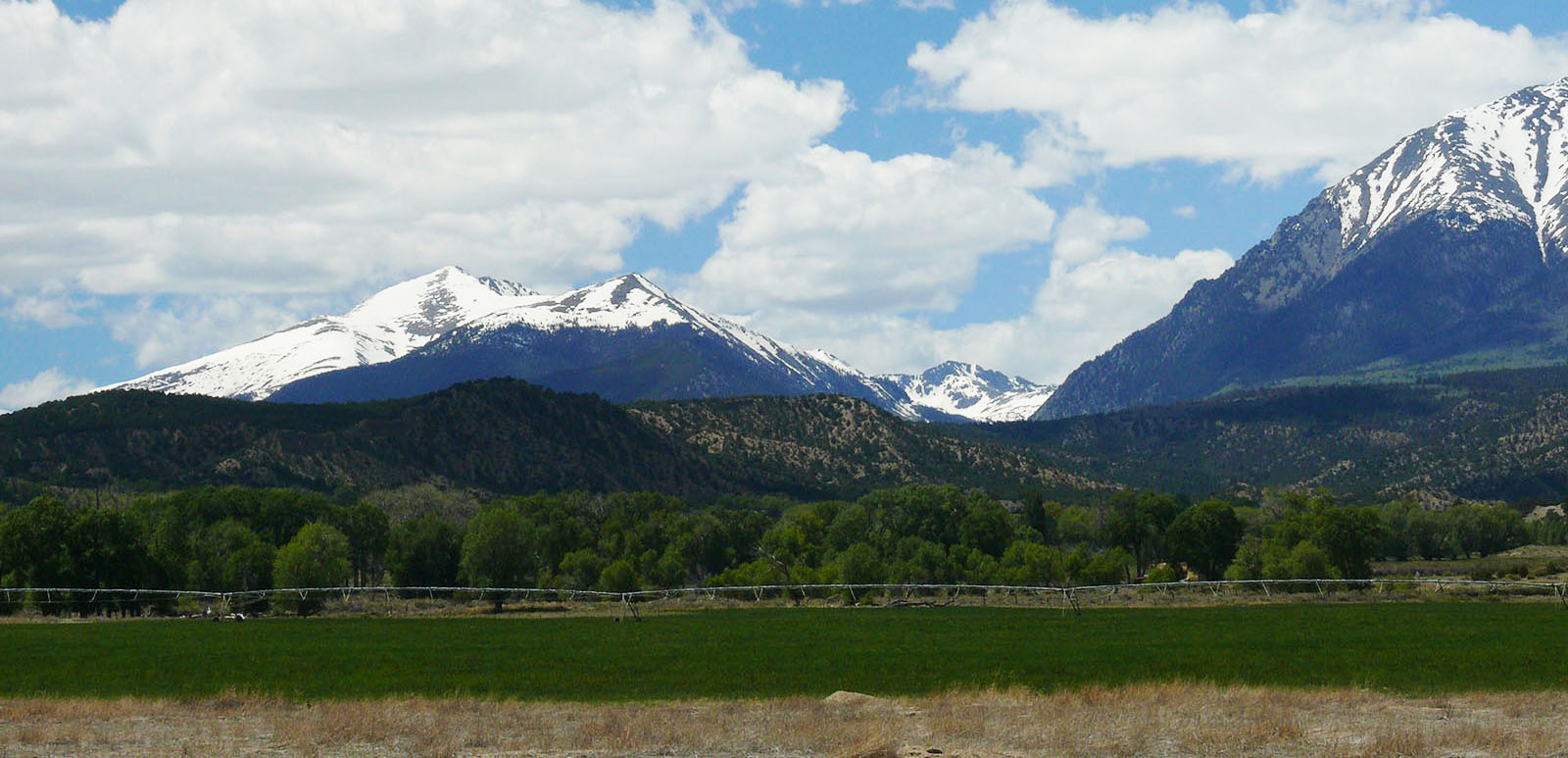A 1-acre education and research garden is beginning to take shape at Lake Ranch, about 5 miles northwest of downtown Salida.
Mary Hearding of MH Garden Design in Durango presented her conceptual design for the garden at the July board meeting of the Upper Arkansas Water Conservancy District.
Hearding’s design includes “several educational pieces centered around water conservation” and proposes to employ “strategic partnerships to help demonstrate how using native plants and grasses reduces a water footprint versus high water usage of non-native plants and grasses.”
Hearding’s design underscores the importance of public education by pointing to residential water use:
“Water use for lawns and landscapes is one of the greatest burdens placed on our water resources. Landscape water use accounts for 55 percent of the residential water used across the state of Colorado, most of which is used on turf.
“If the current warming trends continue there will be less water to use. Using plant species native to our region (is) guaranteed to reduce the amount of water intake because they are rightly adapted to our alkaline soils, quick temperature swings, intense sun exposure and drought conditions.”
In addition to showcasing native, drought-resistant plants, the garden will provide test plots for conservation research specific to these challenging local growing conditions.
Hearding said the garden can “showcase how to maximize micro-climates,” including a “windscreen garden” of trees on the western edge. Trees in the garden would include evergreen, honey locust and crabapple trees.

The planting plan, Hearding said, “will highlight various planting solutions to localized problems in regards to deer, loss of native habitat due to monoculture of lawns and urbanization, and understanding the micro-climate in order to maximize your garden success.”
She said the test plots will showcase and test grass mixes, irrigation requirements and different scientific hypotheses. Specific design approaches will include:
- A native and ornamental grass garden.
- An everything evergreen garden.
- A native prairie and windy garden.
- A native mountain garden.
- A deer-resistant garden.
- A birds, bees and butterflies garden.
- An edible garden.
- A windbreak garden.
- A street strip garden.
The conceptual design also includes drip irrigation systems, signage and a lawn with picnic tables, a building to house a small office, public restrooms, a wellhead for the irrigation system, and a weather station.
Hearding estimates annual maintenance costs for the garden at between $20,000 and $30,000, depending on the materials and plants selected for the final design.
Fencing designed to keep out deer and elk has already been installed around 1 acre in the southeast corner of Lake Ranch just outside the circle of green alfalfa irrigated by a center-pivot irrigation system.
The conservation garden is one component of the Upper Ark District’s Lake Ranch Multi-Use Project. Other components of the project that have been considered include underground water storage, small-scale hydroelectric power generation and lease fallowing.





